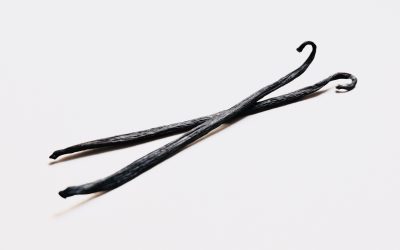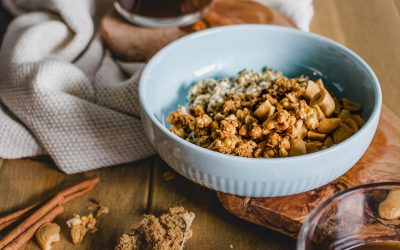How to Temper Chocolate
Tempering is the process of heating and cooling chocolate to improve the consistency, durability and hardness of the chocolate. Once chocolate has been tempered, chocolate has a glossy and firm finish. Because of these changes, tempered chocolate is used to produce the finest confectionery.
The process of tempering involves heating the chocolate until the sugar crystals in the cocoa butter break down. The temperature for this can vary depending on the type of chocolate you use.
Once the chocolate has fully melted, it is cooled to around between 27-30 degrees Celsius. This allows the crystals to begin to form again in the chocolate, which will make sure the chocolate re-solidifies. The chocolate is then warmed again to around 32-36 degrees Celsius so that it is liquid enough to be poured into moulds or bars.
The crystals formed during the cooling stage are stable. Therefore they give the structure to the chocolate which allows it to be shiny, smooth and have the customary snap. If the chocolate has not been correctly tempered it will lack the sharp snap and will have a flat or discoloured look. It will also typically not melt as smoothly.
There are two main methods of tempering chocolate that vary in difficulty. It is possible to achieve a well tempered chocolate using either method, so you can use whichever method you find most suitable. It also depends on your skill level or the kind of kitchen or equipment you have access to. In the next section we will look at both methods, tabling and seeding.
Tabling
The tabling method, or tableting, is a method that involves using a table surface. (one made of a food safe material – and ideally marble as it will allow the chocolate to cool evenly.) Once the chocolate has been initially melted to the correct temperature, it is cooled by spreading it over the surface and constantly moving it around using two scrapers. Allowing it to cool evenly. It is very important that the chocolate is kept moving and checked constantly. If it is left alone it will stick to the surface and will cause it to cool too quickly and will create a dull finish and a poor texture.
Once the chocolate has been spread onto the table and cooled sufficiently, it is then returned to the bowl and brought up to a higher temperature. Normally 31 degrees. Then it can be poured into a mould or prepared for dipping or covering.
The tabling process requires more technical skill and is a much more labour intensive method of tempering the chocolate. It also involves more mess, so for home bakers it may not be the ideal method. So consider using the other technique, seeding.
Seeding
The seeding method of tempering chocolate is a lot simpler than tabling. It can be much more accessible to less experienced bakers or those without access to the equipment and space needed for tabling.
Seeding involves using un-melted chocolate to create the temperature changes needed for tempering. Start by taking 2/3rds of the chocolate you wish to temper and melt it in the microwave. (Making sure to monitor the temperature of the chocolate, and constantly checking the chocolate to prevent burning it.) Once it is up to temperature, add the remaining 1/3rd into the bowl and mix well until melted.
This process will drop the temperature of the chocolate. Once it is fully incorporated simply warm very gently in the microwave again to bring to a fluid consistency
Seeding will often be used as a simpler and quicker method for tempering chocolate, but it can produce a slightly lower quality of tempering. Ideally if you are looking to make high end chocolates for sale, tabling would be the superior method to use. For general tempering needs (like for garnishes or chocolates at home) the seeding method will give a very good result.
If you are interested in how chocolate is made, check out my video here https://youtu.be/61brDhHvOQw on the bean to bar process
To see chocolate tempering in action and start using it in pastries and desserts, check out some of the courses, including the chocolate encased tiramisu https://becomeapastrychef.co.uk/login-register/


